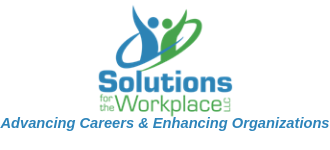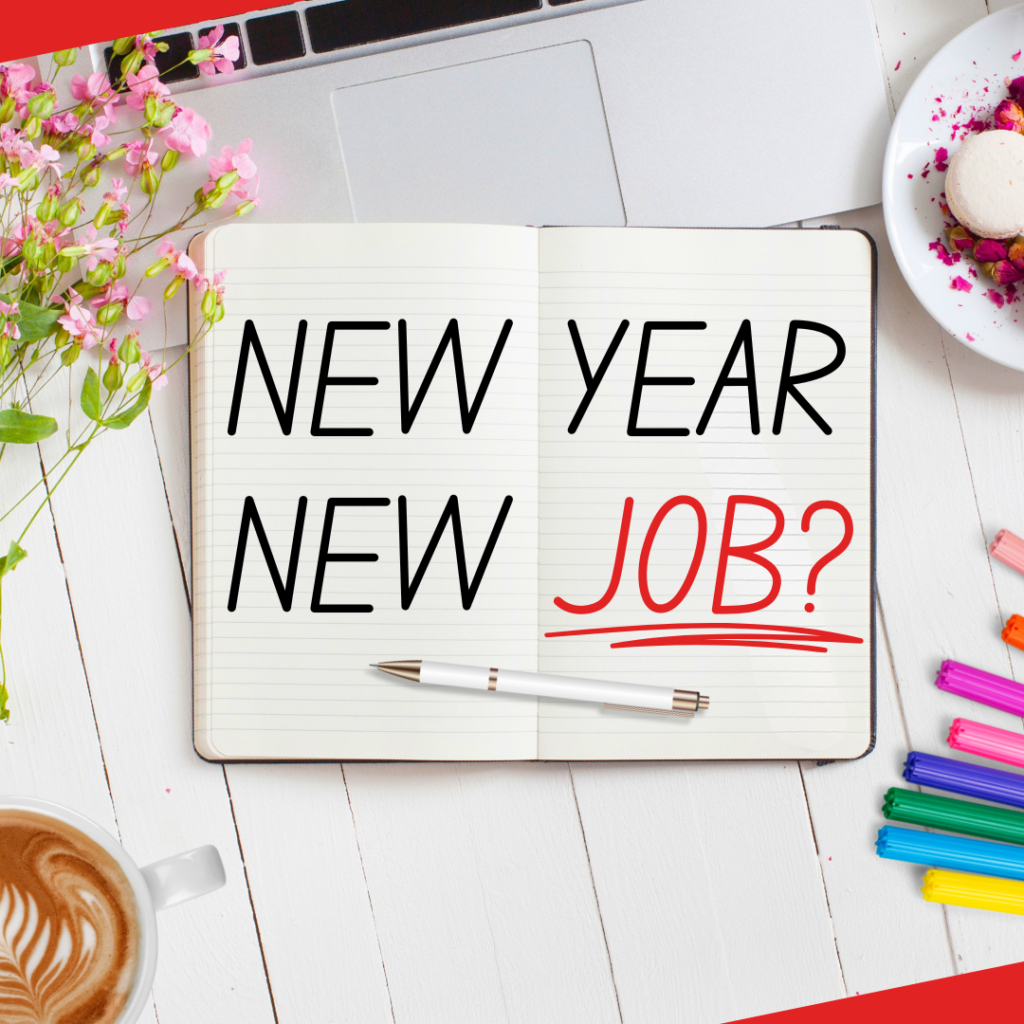A new year is a great time to assess where you’re at professionally. Is it time for you to make a job change? Or a career change? Here are concrete actions you can take over the next month to assess your situation and begin to move forward.
During this 21-day period, you’ll take consistent action in 5 different areas:
- Where Are You Now?
- Where Are You Going?
- What Sets You Apart?
- What’s Your Plan?
- Let’s Do This!
For best results, enlist an accountability partner to help you complete the actions. Ideally, it will be someone who is looking to make a job or career change too, so you can keep each other accountable and on track. For best results, check in with each other daily.
Sample New Year, New Job Challenge Planner
| Day 1 | Find the most recent version of my résumé and current job description. |
| Day 2 | Brainstorm a list of what I need to add to my résumé (work experience, accomplishments, education, training, etc.) |
| Day 3 | Spend 30 minutes considering whether I want a new job or a new career. Make a pros/cons list. |
| Day 4 | Take the Clifton StrengthsFinder skills assessment. |
| Day 5 | Spend 30 minutes pulling together information for my brag book. |
| Day 6 | Brainstorm 10 possible job titles for the position I want. |
| Day 7 | Create my “Dream Job” job description. |
| Day 8 | Conduct a review of my skills, experience, and qualifications compared to my “Dream Job” job description. |
| Day 9 | Spend 15 minutes answering these questions: What am I meant to do? How can I use my skills, education, and experience for maximum benefit? What kinds of problems can I solve for an organization? |
| Day 10 | Outline five C-A-R accomplishments that I can add to my résumé and/or use in a job interview |
| Day 11 | Write up a list of honors and awards I’ve received. |
| Day 12 | Research my target job salary. |
| Day 13 | Think about how I got my last job and figure out if I can try that again. |
| Day 14 | Make a list of the skills, training, and education I need for my next job. Research how to obtain one of these. |
| Day 15 | Line up an accountability partner to help support me in my job search. |
| Day 16 | Make a list of 10 organizations I’d like to work for. |
| Day 17 | Make a list of everyone I know in my network. |
| Day 18 | Spend 30 minutes researching prospective employers. |
| Day 19 | Reach out to one person in my network and let them know I’m looking for a new opportunity. |
| Day 20 | Research 3 recruiters I’d like to work with and send them a LinkedIn connection request. |
| Day 21 | Reach out to someone who works for the organization I want to work for. Ask them if they will meet me for lunch this weekend. |
Completing the 21-Day Challenge
At the end of the 21 days, review your progress. Do you have any leads on unadvertised openings? Any interviews or job offers yet? If not, don’t worry. The majority of this 21-day challenge is focused on preparing yourself for the job search, not conducting the job search.


